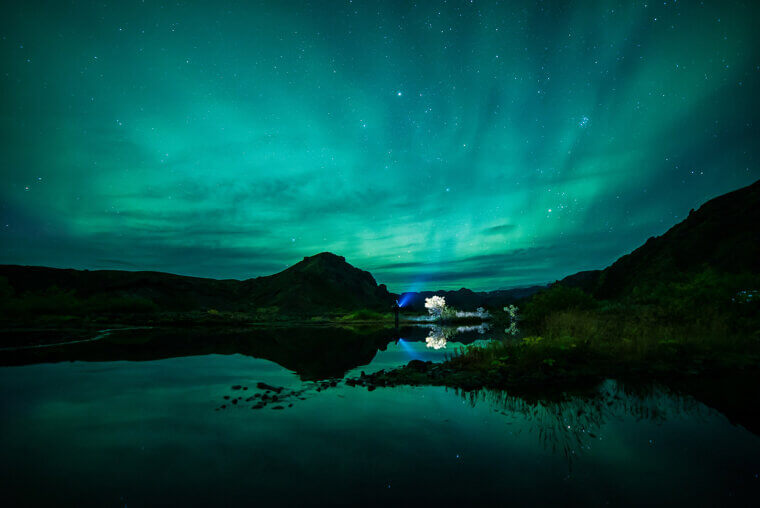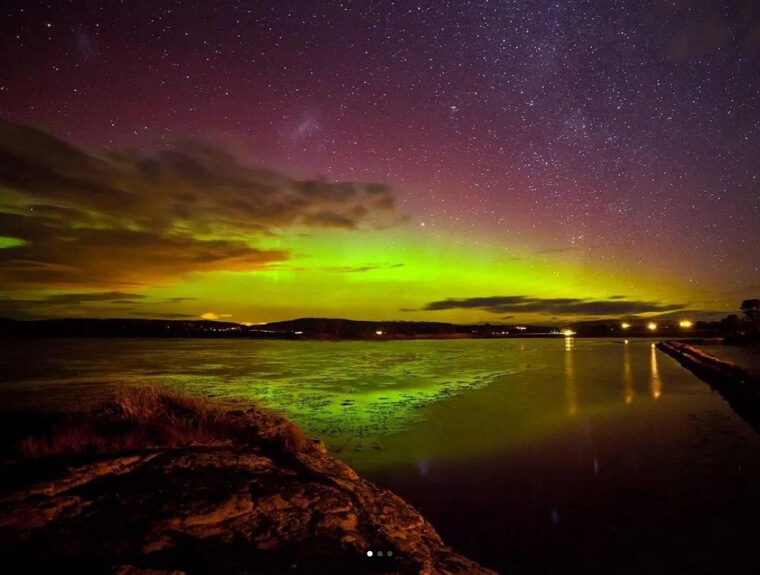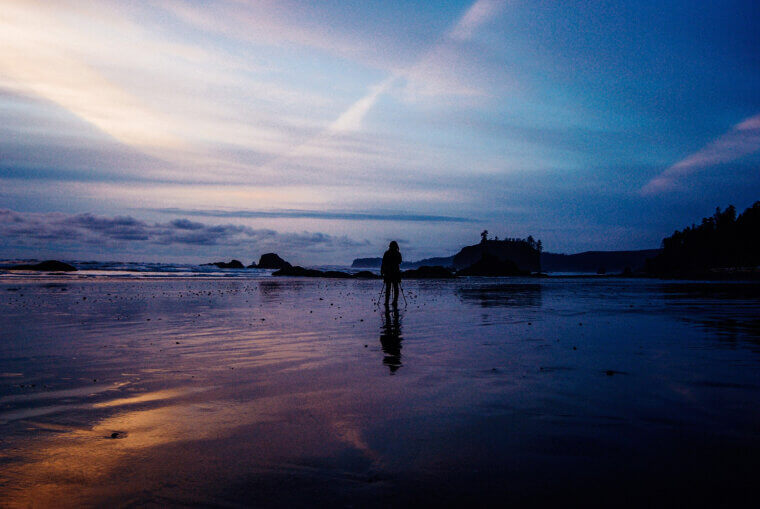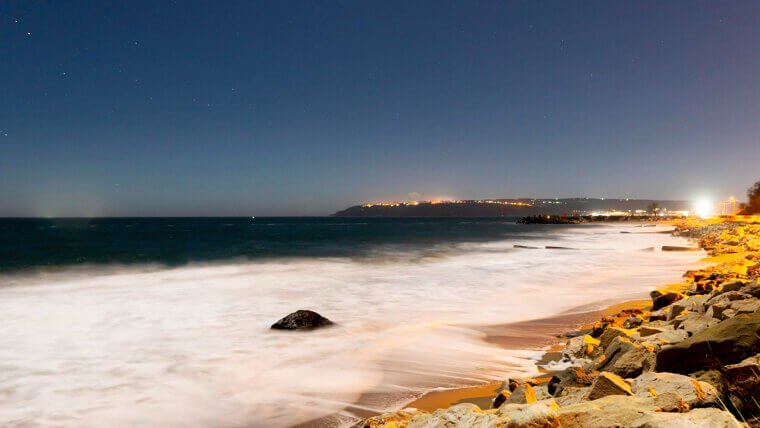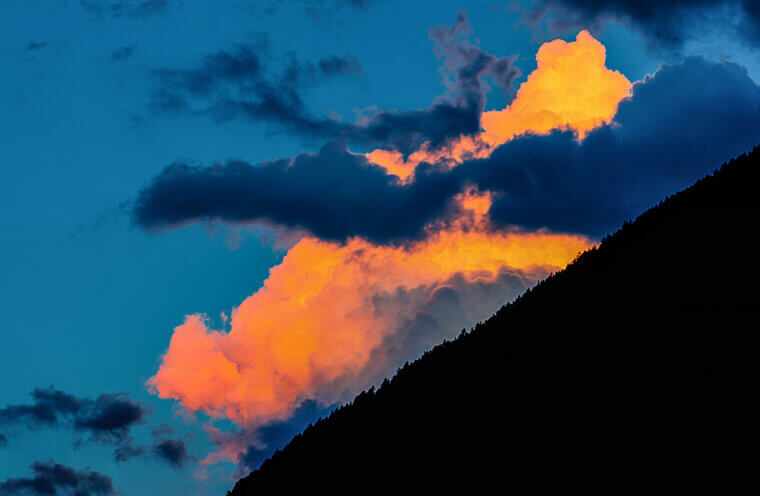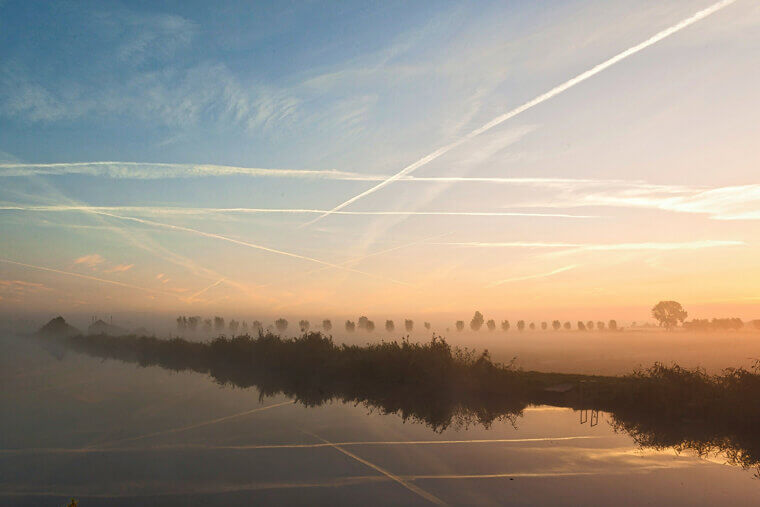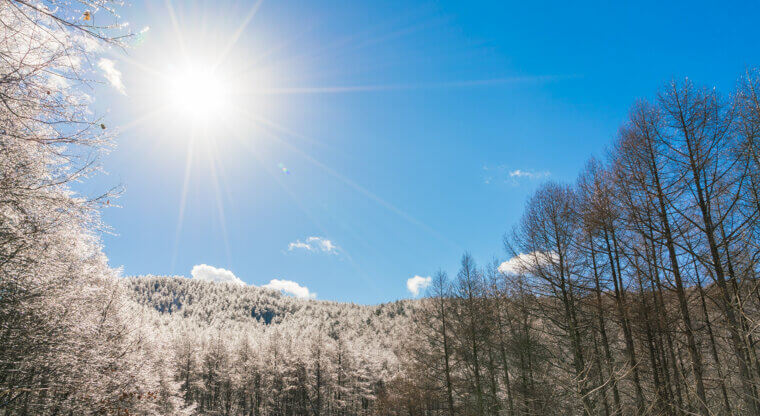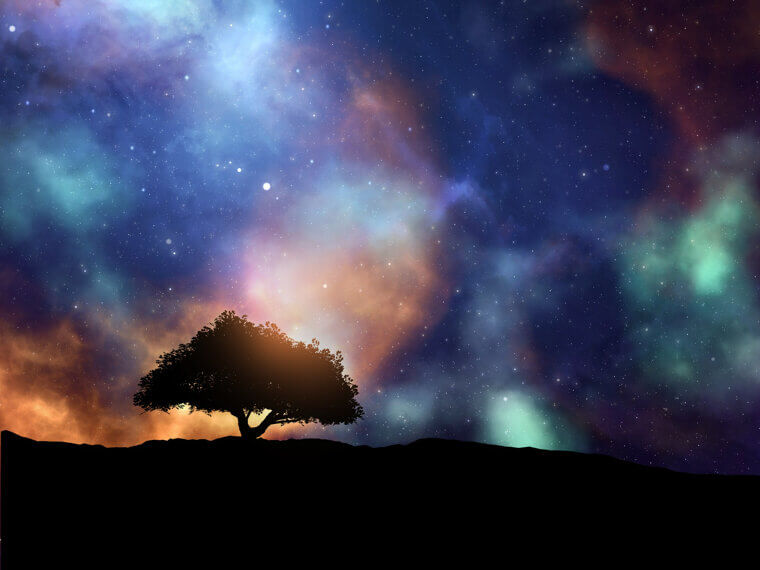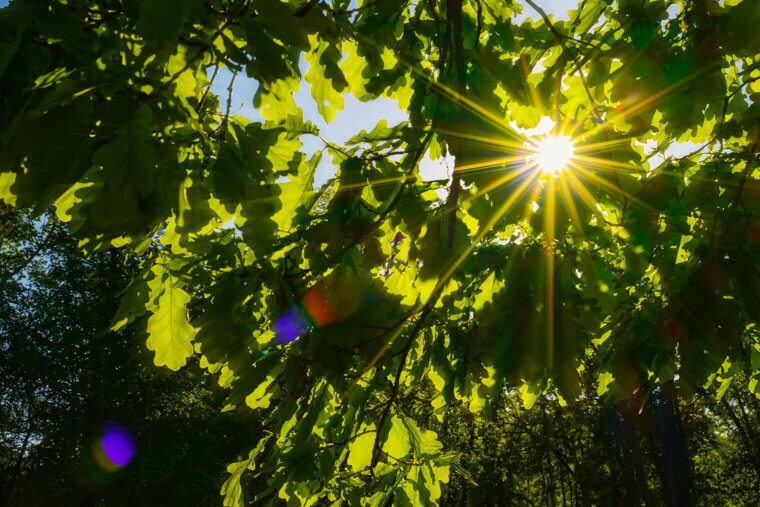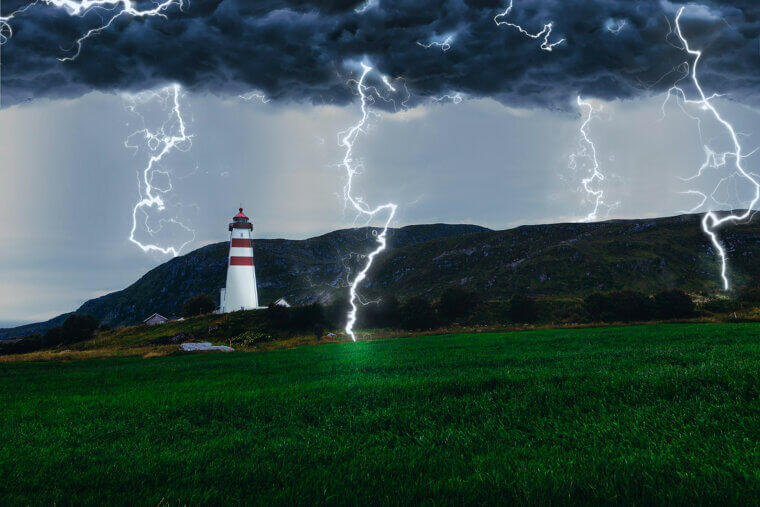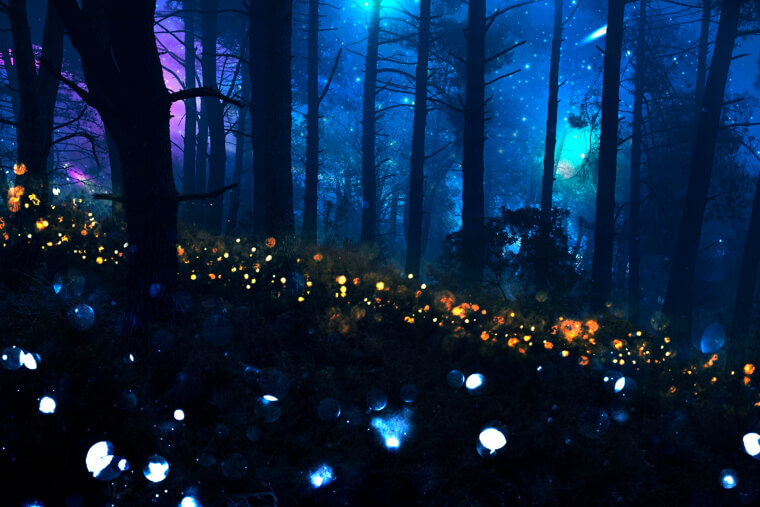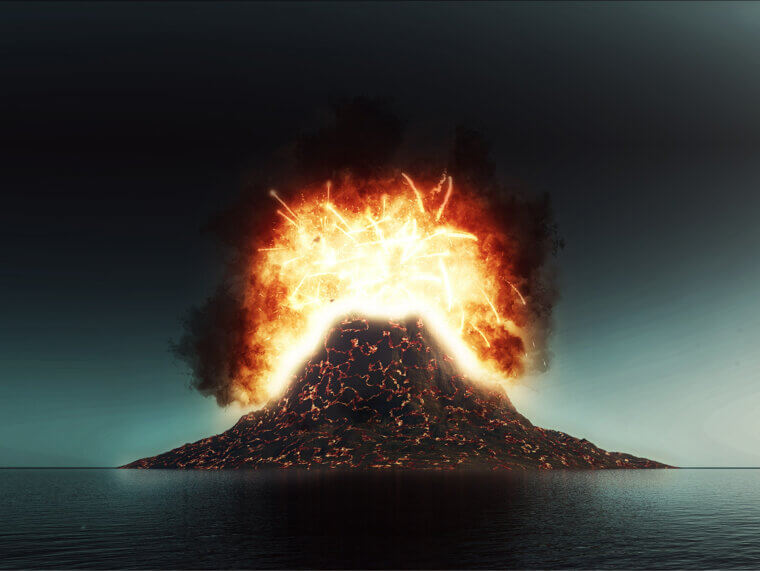Aurora Borealis
Solar particles ride the solar wind into Earth’s magnetic field, where oxygen and nitrogen light up in greens, reds, and purples. For the best seats, head to Norway, Iceland, Finland, Sweden, Alaska, the Yukon, or the Northwest Territories between September and March, ideally from 10 pm to 2 am. Bring a tripod, a wide and fast lens, and try 5 to 15-second exposures at a tidy low ISO. Dress like an onion, keep vehicle lights dim, and avoid off-road shortcuts. Northern festivals and Sámi stories add warmth to the cold skies.
Aurora Australis
The southern lights mirror the northern lights, with expansive ocean horizons and sometimes deeper reds from high-altitude oxygen. Try Tasmania, Victoria’s coast, Stewart Island, or Otago, plus brave Antarctic voyages. Aim for March to September, near a new moon with low light pollution. Face south over water and frame a simple silhouette for scale. Use a tripod and patient long exposures. Keep red headlamps for night vision, and give penguin and seabird colonies plenty of room. Māori star lore and expedition tales make the chill feel friendlier on long nights.
Bioluminescent Bays
Bioluminescent bays feel like stirred stars under your paddle. Dinoflagellates release a quick chemical flash when disturbed, a glowing shrug that discourages predators. Visit Mosquito Bay on Vieques, Laguna Grande in Puerto Rico, Jamaica’s Luminous Lagoon, or the Maldives atolls on warm, calm, moonless nights. Use long exposures at high ISO from a stable dock, and keep phones dim. Choose non-motorized tours and skip swimming in protected waters. Local canoe guides and night fishers carry stories that make each sparkle larger than science alone. Bring patience and a quiet smile.
Milky Seas
Milky seas glow like a city-sized nightlight, often south of Java or Madagascar. Entire tracts of ocean shine steadily blue for hours, likely from swarming bioluminescent bacteria linked to algal blooms. These events are rare, typically occurring in the summer to autumn, and satellites now help ships locate them. If aboard, brace a camera against roll and try long exposures with horizon lights as anchors. Support research crews and operators who respect ocean wildlife. Mariners logged these ghostly fields for centuries, proof that wonder keeps excellent records at sea for us.
Noctilucent Clouds
Noctilucent clouds shimmer like electric silver at the edge of space. They form around 80 kilometers up, where ice crystals catch sunlight while the ground sits in darkness. Look from 50 to 65 degrees latitude during summer twilight and bring a mid-range lens. Expose for highlights and borrow a calm lake for reflection drama. First widely noted after Krakatau, they now feel like seasonal visitors in polar culture. Stick to established paths to protect fragile tundra. Quiet patience pays, because these twilight veils can appear without fanfare on cue.
Airglow
Airglow is Earth’s quiet neon, a faint emission that never sleeps. It glows from chemical reactions among oxygen, sodium, and hydroxyl in the upper atmosphere. You can see it in dark-sky deserts and high plateaus, such as Atacama, Big Bend, or the Namib, on clear, moonless nights. Photographers use very long exposures and fast, wide lenses, sometimes tracking the sky to capture sharper stars. Keep your vehicle lights directed downward and comply with local dark sky regulations. Observatory workers cherish this soft banded glow that rewards patience and gentle focus through late nights.
Sun Dogs and Ice Halos
Sun dogs and ice halos appear when tiny hexagonal crystals drift in cold air and bend sunlight into rings and bright mock suns. You will spot them on clear, frigid days in continental winters and on high summits, especially after storms. Plates and columns refract light at fixed angles, so geometry paints consistent arcs. Nordic sagas and polar journals treated these signs as omens and navigation hints. Photograph with a wide lens, then block the Sun with a building or a glove. Protect your eyes with proper filters, and never stare directly.
Moonbows
Moonbows are rainbows painted by moonlight, pale arcs that appear where mist meets a bright full Moon. Prime locations include Victoria Falls on the Zambia-Zimbabwe border, Cumberland Falls in Kentucky, and Yosemite during spring runoff. Arrive when the skies are clear behind you and the water is high. The same optics as daylight rainbows apply, only dimmer. Local guides often walk to lunar calendars. Use a tripod, raise ISO gently, and favor long exposures. Stay on marked trails near cliffs and spray, because excitement should never outrun footing there.
The Green Flash
The green flash is a blink you earn at the horizon when atmospheric refraction splits sunlight and briefly lifts green above the setting Sun. Seek wide sea horizons in the tropics and subtropics, or high mountains with stable air. Dry seasons with low haze offer your best odds. Use a telephoto, continuous shooting, and safe solar filters, because retinas are not replaceable. Sailors have traded tales about it for centuries while scientists modeled the optics. Be patient, breathe, and accept misses gracefully, since rarity keeps the magic honest for you.
Catatumbo Lightning
Catatumbo lightning is a nocturnal phenomenon over Lake Maracaibo, where warm lake air collides with mountain winds, spinning up storms that fire again and again. Zulia State in Venezuela is the location where local pilots and guides are familiar with safe vantage points. Many months deliver action from late evening into early morning. Bring a sturdy tripod, interval shooting capabilities, and rain covers for your gear, as spray and sudden gusts are standard. Navigators once used this glow like a natural lighthouse. Support community-run tours and respect wetlands that host birds.
Firefly Gatherings
Firefly gatherings turn forests into living galaxies as beetles synchronize their flashes during humid mating nights. See them in the Great Smoky Mountains, Kampung Kuantan in Malaysia, and along Thai and Japanese riverbanks. Bioluminescent enzymes produce precise pulses that resemble Morse code, signaling romance. Communities hold night festivals and request quiet manners. Photograph with no flash, manual focus, and long exposures while keeping footsteps soft. Use red light torches and stay on paths. Never catch fireflies, since darkness and habitat are the real stagehands for this delicate theater experience.
Volcanic Lightning
Volcanic lightning turns erupting ash clouds into storm factories where colliding ash and ice build charge that discharges as dramatic bolts. Safe viewing is everything, so choose permitted distances at places like Sakurajima and Etna, or monitored sites in Chile and Alaska. Tall columns during active phases bring the best chances. Photographers use telephoto lenses, fast shutters, and masks for ash while minding wind shifts. Locals respect the spectacle like weather with teeth. Follow hazard advisories, keep outside exclusion zones, and let professionals read the mountain’s mood in real time.

